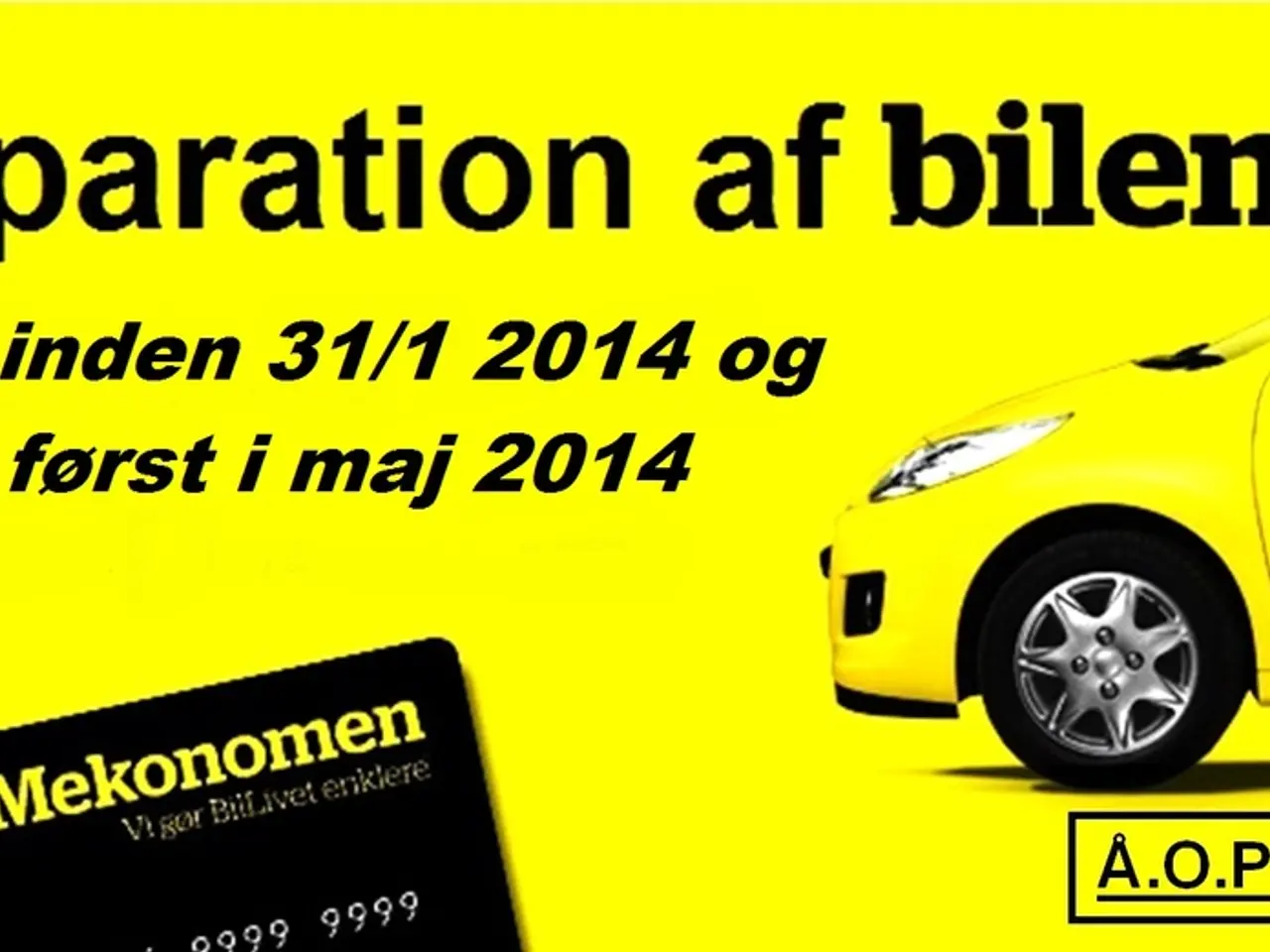Foreign workforce in Thuringia numbers approximately 78,700 individuals - Approximately 78,700 international workers are based in the region of Thuringia
In the heart of Germany's southern Thuringia region, the Sonneberg district stands out as a significant immigration hotspot, according to Markus Behrens, CEO of the Federal Employment Agency's regional office in Erfurt. This influx of foreign workers has played a crucial role in the region's economic growth.
The Sonneberg district boasts the highest percentage of foreign workers in Thuringia, with a share of 12.9 percent. In 2020, the majority of foreign employees in Thuringia came from Poland (approximately 14,700), followed by Romania (9,200) and Syria (5,400).
The surge in foreign workers in Thuringia has been substantial, with the number of foreign workers increasing from 6,600 in 2010 to 78,700 last year. This means that nearly every tenth worker in the state is now a foreigner.
The increase in foreign workers can be attributed to several factors, including demographic changes, labor demand and skill shortages, migration and EU labor mobility, economic factors, and policy and integration programs. As Thuringia experiences demographic shifts such as aging populations and lower birth rates, the domestic workforce shrinks over time, leading to a need for foreign workers.
Moreover, economic growth and structural changes in Thuringia’s industries may have increased demand for labor that cannot be fully met by the local German population, prompting an influx of foreign workers to fill gaps, particularly in sectors such as manufacturing, services, or skilled trades.
EU freedom of movement policies and Germany’s immigration laws have facilitated easier entry and employment of foreign workers from other EU countries and beyond, increasing their presence in Thuringia’s labor market. Foreign workers might also accept jobs with conditions or wages that are less attractive to German workers, influencing employers’ hiring choices.
German government policies aimed at attracting skilled foreign labor and improving integration might have contributed to an increase in foreign workers. However, for precise and detailed factors specific to Thuringia from 2017 onwards, specialized labor market studies or reports from German federal or state labor agencies would be required.
Interestingly, the Saalfeld-Rudolstadt district has the fewest foreign employees in Thuringia, with 4.4 percent. In contrast, the Sonneberg district, the first in Germany's southern Thuringian district, has seen a significant increase in foreign workers.
Despite political contrasts, immigration is considered essential to maintain economic stability in Thuringia. Markus Behrens, CEO of the Federal Employment Agency's regional office in Erfurt, stated that immigration is vital for the state's long-term economic growth.
It is worth noting that many foreign labor forces from neighboring Bavaria commute to the Sonneberg district. The AfD (Alternative for Germany) has a county administrator in the first district in Germany to do so, which is the Saalfeld-Rudolstadt district.
As Thuringia continues to rely on foreign labor for long-term economic growth, understanding the factors driving this trend and its impact on the local workforce and community will be crucial for policymakers and stakeholders.
The Sonneberg district's community policy has been hoping to accommodate the influx of foreign workers, many of whom have undergone vocational training, to sustain the region's economic growth in industries like manufacturing, services, or skilled trades. The financial aspect plays a significant role in this, as vocational training programs for foreign workers can be funded by businesses, fostering a more stable workforce.




